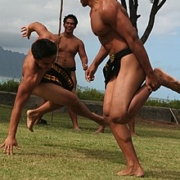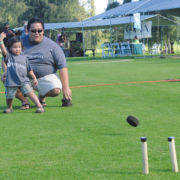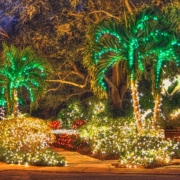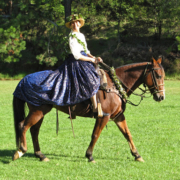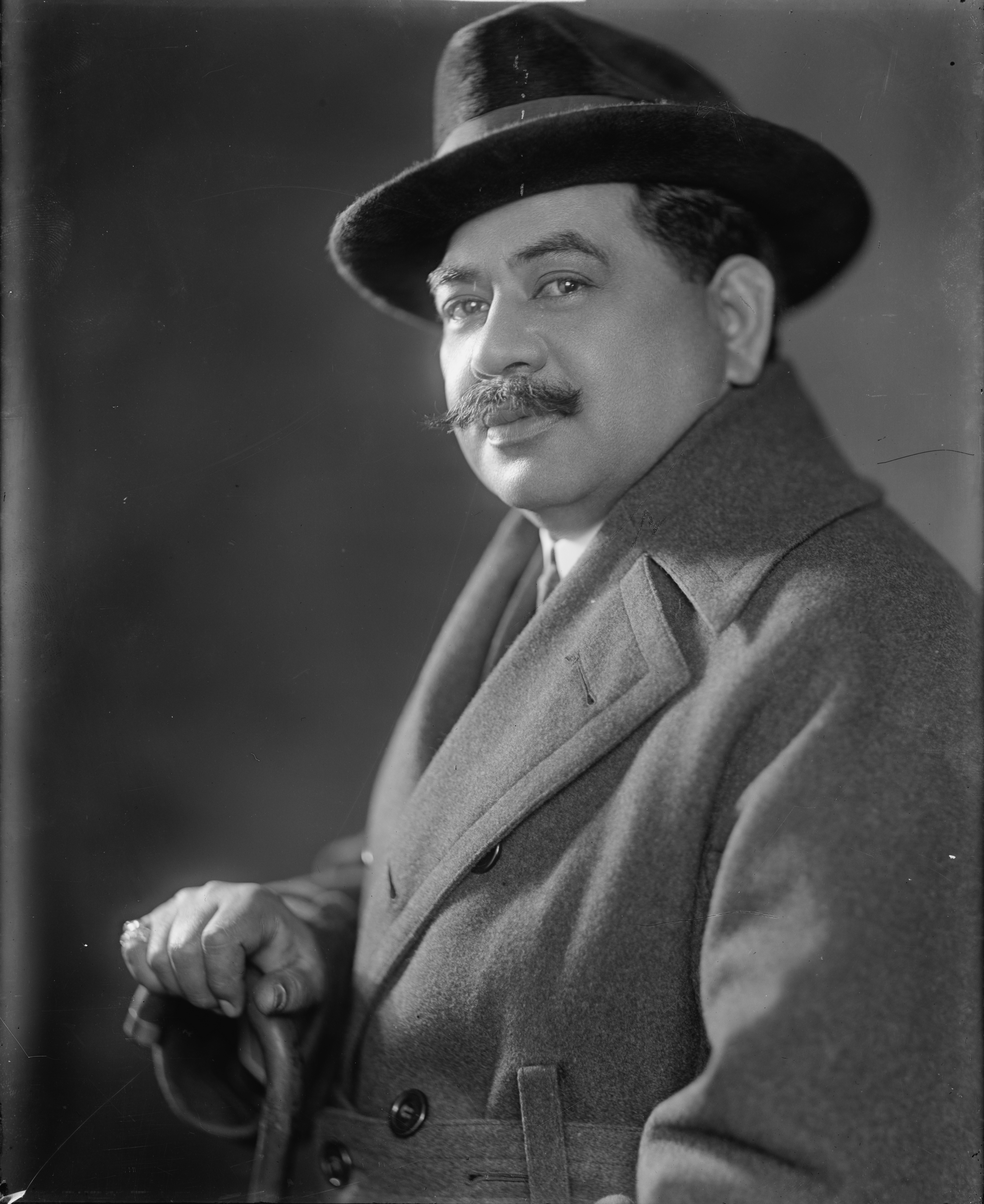
Prince Jonah Kūhiō during his time as a Congressional delegate representing Hawai’i.
March 26 marks the celebration of one of Hawai’i’s most important figures: Prince Jonah Kūhiō Kalaniana’ole. Born into a family of Kaua’i Ali’i (royalty), and adopted into the Kalākaua Dynasty, Prince Kūhiō was an important figure across Hawai’i’s history; he came of age in the sovereign Kingdom of Hawai’i, participated in the 1895 Wilcox Rebellion against imperial forces, and eventually became a United States Congressional Delegate, where he advocated for the rights of his people until his death in 1922. Read on to learn more about the last Prince of Hawai’i as we prepare to celebrate Prince Kūhiō Day across the islands.
Early Life: “Prince Cupid” on World Tour
Jonah Kūhiō Kalaniana’ole was born in 1871 in the small town of Kōloa on Kaua’i. Named after his grandfathers, the high chiefs of Hilo and Kaua’i respectively, and descended from Kaumuali’i, the last ruling chief of Kaua’i before Hawaiian unification, Prince Kūhiō was as royal as they come. When his parents died and his maternal aunt, Queen Kapi’olani, ascended to the throne as the wife of king David Kalākaua, he was adopted through hānai and declared a Prince of the Kingdom of Hawai’i. His royal status allowed him access to the highest quality schools and education, and Kūhiō was sent abroad for his studies twice: the first time to Saint Matthew’s School in San Mateo, California, and the second to the Royal Agricultural College in England.
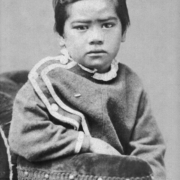
A young “Prince Cupid”, long before his entry into the world of politics.
While in school, Prince Kūhiō was known for both his athleticism and likeable personality. His perpetual smile and merry expression earned him the nickname “Prince Cupid”, and he is credited with introducing surfing to locals on California beaches in Santa Cruz, and to his English tutor in Bridlington while studying abroad. Although the surfing scene in Bridlington seems to have died with Prince Kūhiō’s departure, Santa Cruz beaches have become a surfing hotspot, and the sport has taken off across the world thanks to Kūhiō’s willingness to share his culture.
Return to Hawai’i and Rebel Activity
Upon his return to Hawai’i in 1891, Prince Kūhiō became a close confidante and advisor to Queen Lili’uokalani, who had assumed the throne after King David Kalākaua’s death. Just two years later, in 1893, the Hawaiian Kingdom was overthrown in a coup d’etat orchestrated by pro-annexationists who were fearful of Queen Lili’uokalani’s unwavering commitment to her people, and her efforts to dissolved the 1887 Bayonet Constitution that weakened the monarchy. Supported by United States Marines, non-Hawaiian annexationists successfully removed Lili’uokalani from the throne, and established a Provisional Government of Hawai’i under the leadership of Sanford Dole (of the Dole fruit company, yes).
Two years after the 1893 Coup, Prince Kūhiō took part in the 1895 Wilcox Rebellion against Dole’s illegally formed Republic of Hawai’i. Seeking to restore the monarchy as the seat of Hawaiian power, the rebels, or “royalists” as they were called, planned to attack key government buildings in Honolulu, and reinstate Queen Lili’uokalani. Prince Kūhiō was among the rebels, and upon their failure was captured and sentenced to imprisonment for a year. He served his full term, but upon his release left Hawai’i with his wife Princess Elizabeth Kalaniana’ole in self-imposed exile, as hopes of restoring the monarchy were dim, and spirits were low.
From Prince to Congressman: Kūhiō’s Second Return to Hawai’i
After two years spent traveling Europe and South Africa in his exile, Prince Kūhiō recovered his desire to be in action, and returned to what was now the Territory of Hawai’i in 1901. Wanting to influence the direction of politics in his homeland, Kūhiō joined the Republican Party in 1902, and was elected as the Party’s delegate to the U.S. Congress, a position which he held until his death in 1922.
During his tenure as a United States Congressman, Prince Kūhiō continuously advocated for the rights and protections of the Hawaiian people, specifically kānaka maoli (Native Hawaiians). He was responsible for the Hawaiian Homes Commission Act of 1921, which set aside 200,000 acres of land in a federal trust for homesteading by Native Hawaiians. The HHCA sought to ensure that Native Hawaiians would not be pushed out of their homeland, and would have access to the land necessary to build homes, farms, churches, and communities, and to maintain traditional ties to the ‘āina. The HCCA is still in effect to this day, and despite the government’s controversial management of the land trust, continues to be an important resource for preserving Hawaiian land.
Prince Kūhiō’s legacy goes even deeper than the Hawaiian Homes Commission Act, though. He is responsible for creating the county system of local governing that survives in Hawai’i presently, as well as securing funds for the expansion and improvement of Pearl Harbor, and the construction of the Makapu’u Point Lighthouse. Kūhiō was also responsible for the creation of Hawai’i Volcanoes National Park, and for the reorganization of the Royal Order of Kamehameha I. He also sponsored the first bill advocating for Hawaiian statehood in 1919, although success would not be found until 1959, well after his death.
Prince Kūhiō Day: Honoring Hawai’i’s Last Prince
In 1949, March 26 was declared Prince Kūhiō Day in order to pay tribute to the life and legacy of Prince Jonah Kūhiō. Hawai’i’s last royal remained an important figure across nearly four decades of political turbulence and confusion. From the overthrow of the Kingdom of Hawai’i, to the burgeoning idea of Hawaiian statehood, Kūhiō was at the forefront through it all, and sought to do right by his people. The next time you’re on Kaua’i, after you pick up your rental car in Lihue and head out across the island, pay attention to the road you’re on. As you make your way toward your condo or resort, you’ll find yourself on Kūhiō Highway, which is the perfect opportunity to take a moment and pay your respects to the last Prince of Hawai’i.

